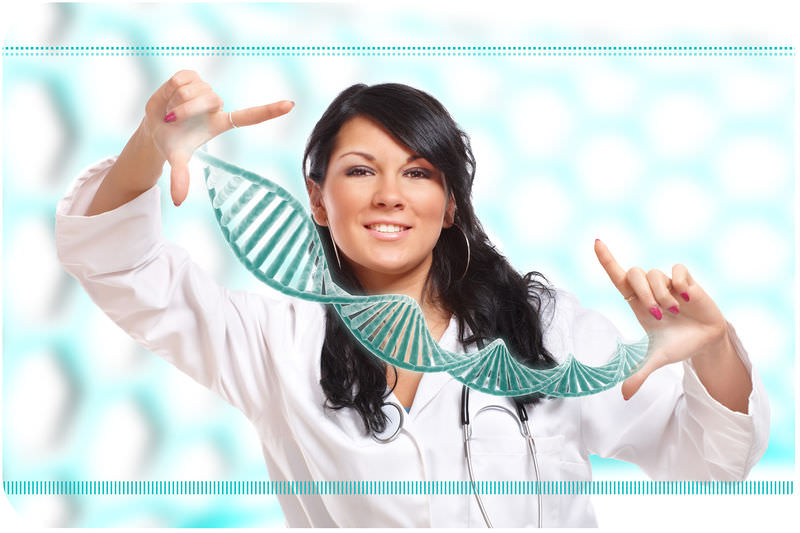3.18 Recombinant DNA
3.18 Recombinant DNA
Can we alter DNA?
You might think that DNA is stable and unchangeable. For the most part you are right. However, there are new technologies that allow us to alter the DNA of humans and other organisms.
Recombinant DNA
Recombinant DNA is the combination of DNA from two different sources. For example, it is possible to place a human gene into bacterial DNA. Recombinant DNA technology is useful in gene cloning and in identifying the function of a gene.
Recombinant DNA technology can also be used to produce useful proteins, such as insulin. To treat diabetes, many people need insulin. Previously, insulin had been taken from animals. Through recombinant DNA technology, bacteria were created that carry the human gene which codes for the production of insulin. These bacteria become tiny factories that produce this protein. Recombinant DNA technology helps create insulin so it can be used by humans.
Recombinant DNA technology is used in gene cloning. A clone is an exact genetic copy. Genes are cloned for many reasons, including use in medicine and in agriculture.
Below are the steps used to copy, or clone, a gene:
- A gene or piece of DNA is put in a vector, or carrier molecule, producing a recombinant DNA molecule.
- The vector is placed into a host cell, such as a bacterium.
- The gene is copied (or cloned) inside of the bacterium. As the bacterial DNA is copied, so is the vector DNA. As the bacteria divide, the recombinant DNA molecules are divided between the new cells. Over a 12- to 24-hour period, millions of copies of the cloned DNA are made.
- The cloned DNA can produce a protein (like insulin) that can be used in medicine or in research.
Plasmids
Bacteria have small rings of DNA in the cytoplasm, called plasmids (Figure below). A plasmid is not part of the bacterial chromosome, but an additional pieced of DNA. When putting foreign DNA into a bacterium, the plasmids are often used as a vector. Viruses can also be used as vectors. The manipulation of the plasmid DNA, and then the insertion of the recombinant plasmid into a bacterium, is an invaluable tool in scientific research.
This image shows a drawing of a plasmid. The plasmid has two large segments and one small segment depicted. The two large segments (green and blue) indicate antibiotic resistances usually used in a screening procedure. The antibiotic resistance segments ensure only bacteria with the plasmid will grow. The small segment (red) indicates an origin of replication. The origin of replication is where DNA replication starts, copying the plasmid.
Summary
- Recombinant DNA is the combination of DNA from two different sources.
- Gene cloning is making an exact copy of a gene.
Explore More
Use the resource below to answer the questions that follow.
- Stanley Cohen and Herbert Boyer at http://www.dnalc.org/view/16033-Stanley-Cohen-and-Herbert-Boyer-1972.html
- What bacteria were used to create the first recombinant DNA?
- In the plasmid pSC101, what does the SC stand for? What gene did this plasmid carry?
- What does DNA ligase do? How is it used in recombinant DNA technology?
- What did Cohen and Boyer do to get a bacteria to take up the recombinant plasmid they had made?
- Since not all of the plasmids that Cohen and Boyer created carried both genes they were seeking to transfer, how did they isolate the bacteria that had plasmids with both genes?
Review
- What is recombinant DNA technology?
- Explain the process of gene cloning.
- Log in or register to post comments
- Email this page


